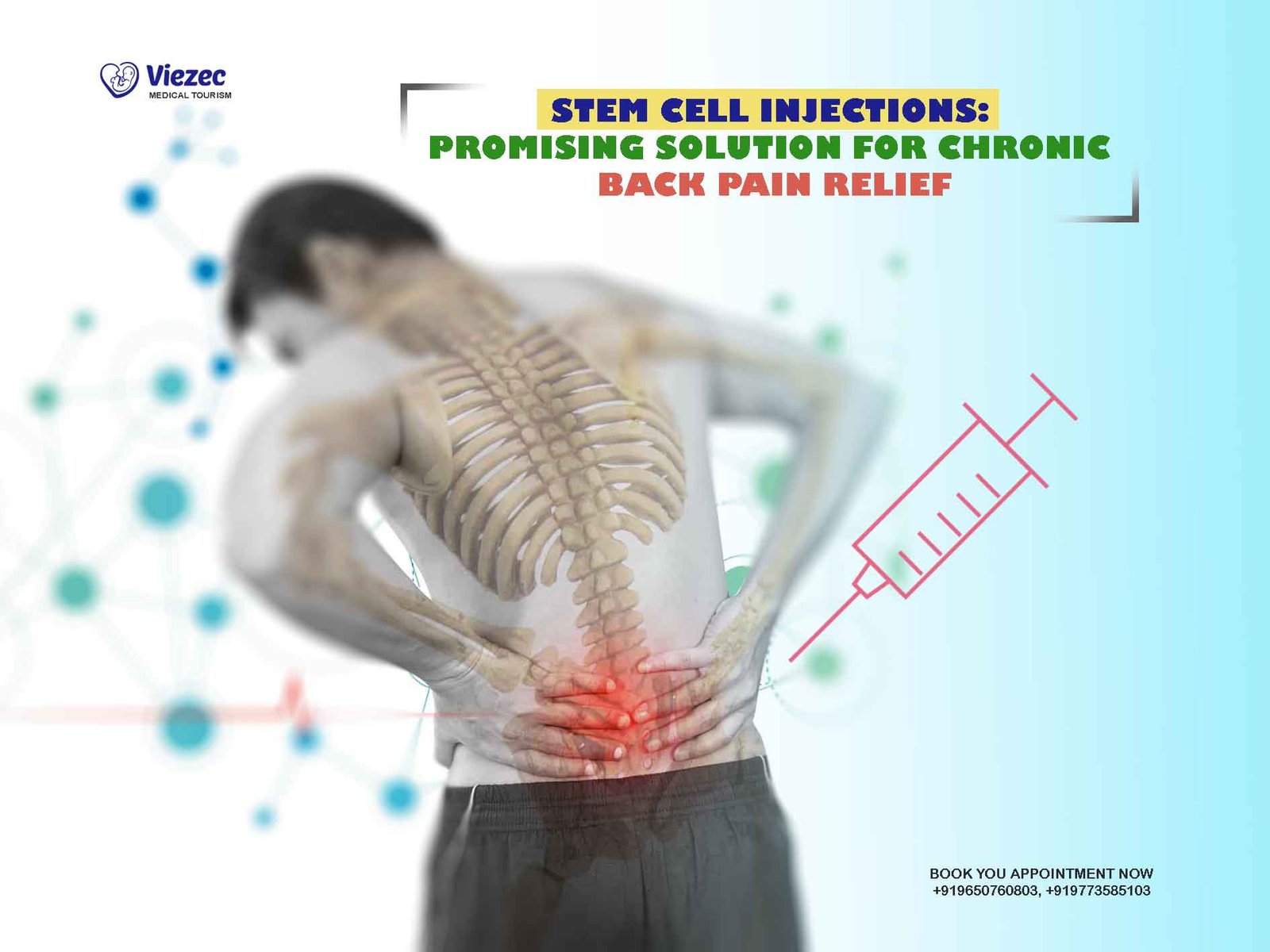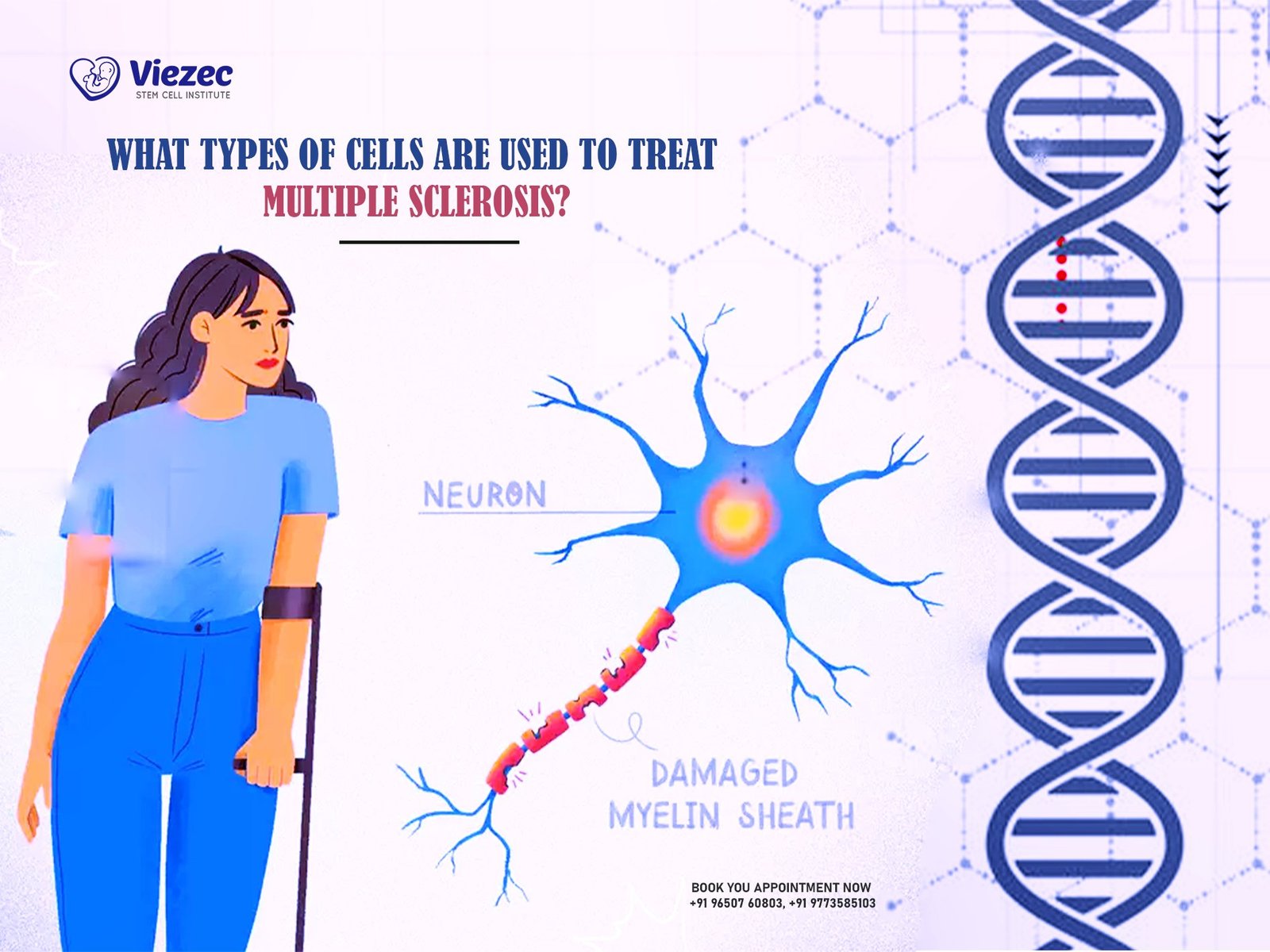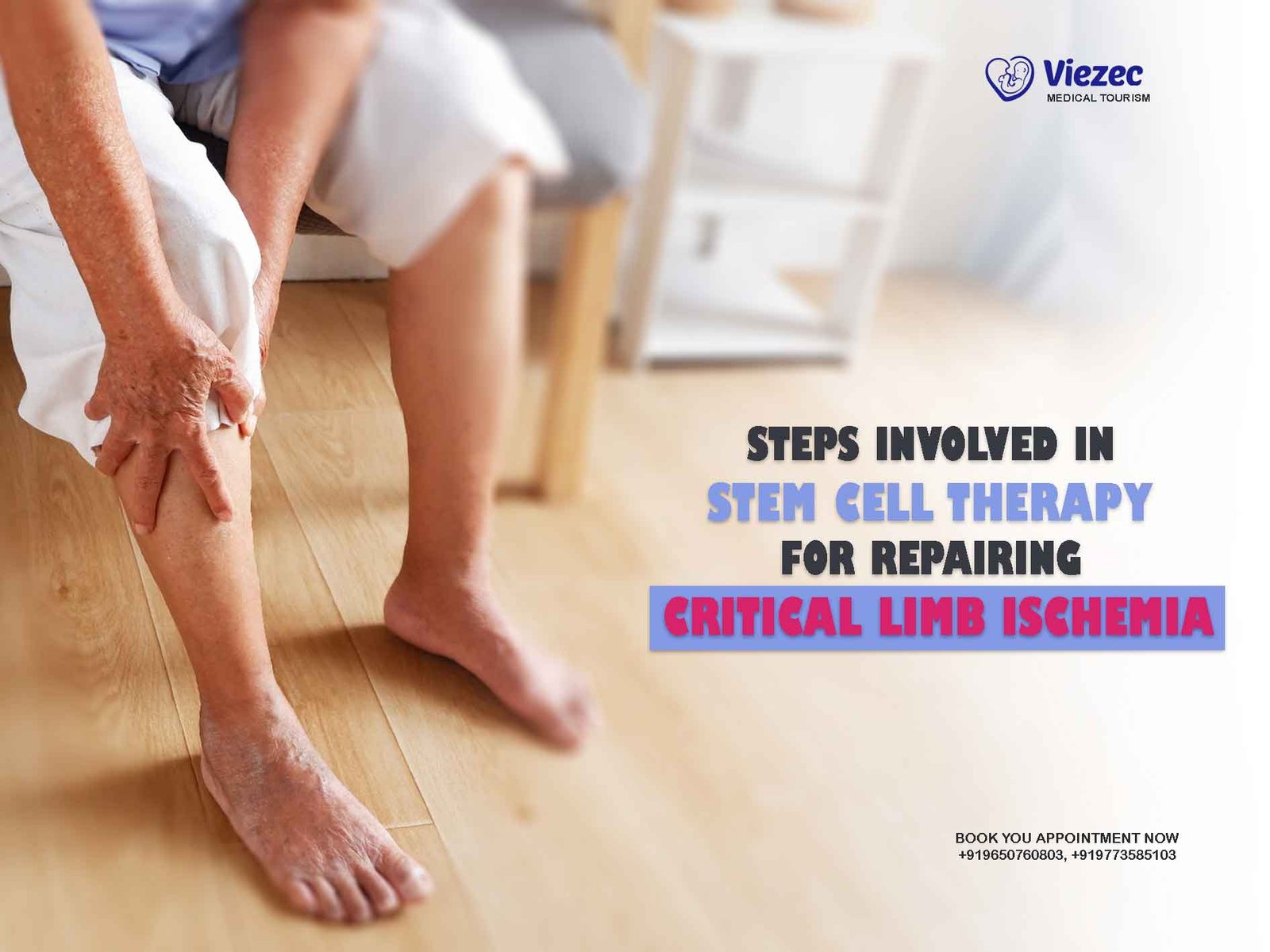Peyronie’s Disease, a condition characterized by the formation of fibrous scar tissue inside the penis, affects a significant portion of the male population. This condition often leads to penile curvature, pain, and erectile dysfunction, impacting both physical and psychological well-being. Despite its prevalence, effective treatment options remain limited, posing challenges for patients and healthcare providers alike.
Understanding Peyronie’s Disease
Peyronie’s Disease develops when collagen accumulates irregularly, forming plaques within the penile tissue. These plaques cause penile curvature and deformity, making sexual intercourse difficult or painful. While the exact cause remains unclear, trauma or injury to the penis is often cited as a triggering factor.
Symptoms and Prevalence
The hallmark symptom of Peyronie’s Disease is penile curvature, which can range from mild to severe. Other symptoms include pain during erection, erectile dysfunction, and shortening of the penis. Studies suggest that Peyronie’s Disease affects up to 9% of men, with a higher prevalence in older age groups.
Current Treatment Challenges
Traditional treatments for Peyronie’s Disease, such as oral medications, penile injections, and surgery, often provide limited relief and come with potential risks and complications. Additionally, not all patients respond well to these treatments, highlighting the need for alternative therapeutic approaches.
Basics of Stem Cell Therapy
Stem cell therapy holds promise as a novel treatment modality for Peyronie’s Disease, offering a regenerative approach to address the underlying tissue damage and fibrosis.
What are Stem Cells?
Stem cells are undifferentiated cells capable of self-renewal and differentiation into various cell types. They play a crucial role in tissue repair and regeneration throughout the body.
Types of Stem Cells
Embryonic Stem Cells
Derived from early-stage embryos, embryonic stem cells have the potential to differentiate into any cell type in the body. However, ethical concerns and limitations in clinical applications have hindered their widespread use.
Adult Stem Cells
Adult stem cells, found in various tissues such as bone marrow and adipose tissue, possess regenerative properties and can differentiate into specific cell lineages. These cells offer a safer and more accessible source for therapeutic use.
Mechanisms of Action in Therapy
Stem cells exert their therapeutic effects through multiple mechanisms, including the secretion of growth factors, immunomodulation, and promotion of tissue regeneration. These mechanisms are particularly relevant in the context of Peyronie’s Disease, where tissue remodeling and repair are essential for symptom improvement.
Rationale for Stem Cell Therapy in Peyronie’s
Pathophysiology of Peyronie’s Disease
The pathophysiology of Peyronie’s Disease involves aberrant wound healing processes, leading to the formation of fibrous plaques and subsequent penile deformity. Stem cell therapy targets these pathological mechanisms by promoting tissue regeneration and modulating the inflammatory response.
How Stem Cells Target Disease Mechanisms
Stem cells possess the unique ability to home in on sites of injury or inflammation within the body, where they exert their reparative effects. By secreting bioactive factors and promoting angiogenesis and tissue remodeling, stem cells contribute to the resolution of fibrosis and restoration of normal tissue architecture.
Comparative Analysis with Traditional Treatments
Unlike traditional treatments that primarily address symptoms, stem cell therapy offers a regenerative approach that targets the underlying pathology of Peyronie’s Disease. This distinction holds significant promise for improving treatment outcomes and minimizing side effects associated with conventional therapies.
Preclinical Studies and Animal Models
Preclinical studies and animal models provide valuable insights into the safety and efficacy of stem cell therapy for Peyronie’s Disease, laying the groundwork for clinical translation.
Efficacy Studies in Animal Models
Animal studies have demonstrated the potential of stem cell therapy to reduce plaque formation, improve penile curvature, and restore erectile function in preclinical models of Peyronie’s Disease. These findings support the therapeutic utility of stem cells in addressing the underlying pathology of the condition.
Safety Profiles and Toxicity Assessments
Safety assessments in animal models have shown favorable outcomes with stem cell therapy, with no significant adverse effects reported. Long-term follow-up studies are essential to further evaluate the safety profile and potential risks associated with stem cell administration in humans.
Optimizing Stem Cell Dosages and Delivery Methods
Optimizing stem cell dosages and delivery methods is crucial for enhancing therapeutic outcomes and minimizing potential risks. Studies exploring the optimal route of administration, cell dose, and timing of intervention are ongoing to refine stem cell-based approaches for Peyronie’s Disease.
Clinical Trials and Human Studies
Clinical trials and human studies play a pivotal role in evaluating the safety and efficacy of stem cell therapy in real-world settings, providing valuable data for clinical decision-making.
Overview of Clinical Trials
Clinical trials investigating the use of stem cell therapy for Peyronie’s Disease have shown promising results, with improvements in penile curvature, erectile function, and patient-reported outcomes observed in treated individuals. However, larger-scale trials are needed to validate these findings and establish the long-term benefits of stem cell therapy.
Patient Selection Criteria
Patient selection criteria for stem cell therapy in Peyronie’s Disease include disease severity, presence of penile curvature, and responsiveness to conventional treatments. Identifying suitable candidates based on clinical and imaging assessments is essential for optimizing treatment outcomes and minimizing potential risks.
Outcomes and Success Rates
Clinical studies have reported varying success rates with stem cell therapy for Peyronie’s Disease, ranging from modest to significant improvements in penile curvature and erectile function. Factors such as patient age, disease duration, and comorbidities may influence treatment outcomes and response rates.
Stem Cell Sources and Harvesting Techniques
The choice of stem cell source and harvesting technique plays a critical role in determining the safety, efficacy, and feasibility of stem cell therapy for Peyronie’s Disease.
Autologous vs. Allogeneic Sources
Autologous stem cells, derived from the patient’s own tissues, offer advantages in terms of immunocompatibility and reduced risk of rejection. Allogeneic stem cells, obtained from donor sources, may provide a more standardized and readily available option for therapeutic use.
Bone Marrow Aspiration
Bone marrow aspiration is a common method for harvesting mesenchymal stem cells (MSCs), which have shown promise in regenerative medicine applications. This minimally invasive procedure involves extracting bone marrow from the patient’s hip or sternum for isolation and culture of MSCs.
Adipose Tissue Extraction
Adipose tissue extraction, or liposuction, is another approach for obtaining MSCs for stem cell therapy. Adipose-derived stem cells (ADSCs) exhibit robust regenerative potential and can be harvested from adipose depots in various anatomical sites, including the abdomen and thighs.
Stem Cell Administration Routes
The route of stem cell administration influences the distribution, retention, and therapeutic efficacy of cells within the target tissue, necessitating careful consideration in treatment planning.
Local Injection Therapy
Local injection therapy involves direct delivery of stem cells into the penile tissue, either at the site of plaque formation or along the tunica albuginea. This targeted approach enables precise localization of stem cells and facilitates tissue repair and remodeling.
Intracavernosal Injections
Intracavernosal injections, administered into the corpora cavernosa of the penis, allow for widespread distribution of stem cells within the erectile tissue. This route of administration enhances vascularization and tissue regeneration, potentially improving erectile function in patients with Peyronie’s Disease.
Systemic Infusion Methods
Systemic infusion methods, such as intravenous or intra-arterial administration, offer a less invasive approach for delivering stem cells to the penile tissue. While systemic infusion may result in broader systemic effects, it may also reduce the specificity of stem cell targeting to the affected area.
Safety and Side Effects Considerations
Safety considerations are paramount in the development and clinical application of stem cell therapy for Peyronie’s Disease, necessitating rigorous monitoring and risk mitigation strategies.
Immunogenic Reactions
Immunogenic reactions, including graft rejection and hypersensitivity responses, are potential risks associated with stem cell therapy. Strategies to minimize immunogenicity, such as immunosuppressive therapy and cell surface engineering, are under investigation to enhance the safety and efficacy of stem cell-based interventions.
Risk of Tumorigenesis
The risk of tumorigenesis remains a concern with stem cell therapy, particularly when using pluripotent or genetically modified stem cells. Long-term surveillance and monitoring of treated individuals are essential for detecting any signs of tumor formation and implementing timely interventions as needed.
Long-Term Safety Monitoring Protocols
Long-term safety monitoring protocols, encompassing regular follow-up assessments and imaging studies, are essential for evaluating the durability and safety of stem cell therapy for Peyronie’s Disease. Close collaboration between healthcare providers and patients is critical for early detection of adverse events and proactive management strategies.
Patient Perspectives and Expectations
Understanding patient perspectives and expectations is crucial for optimizing the delivery of stem cell therapy and addressing concerns and misconceptions.
Patient-reported Outcomes
Patient-reported outcomes, including improvements in penile curvature, pain, and sexual function, provide valuable insights into the impact of stem cell therapy on quality of life and overall well-being. Incorporating patient feedback into treatment planning and decision-making enhances patient satisfaction and engagement in care.
Psychological Impact and Quality of Life
Peyronie’s Disease can have profound psychological and emotional effects on affected individuals, affecting self-esteem, body image, and interpersonal relationships. Stem cell therapy offers the potential not only to improve physical symptoms but also to alleviate psychological distress and enhance overall quality of life.
Addressing Patient Concerns and Misconceptions
Open communication and education are essential for addressing patient concerns and misconceptions about stem cell therapy for Peyronie’s Disease. Providing accurate information about the treatment process, potential benefits, and risks empowers patients to make informed decisions and actively participate in their care journey.
Advances in Stem Cell Technology
Continued advancements in stem cell technology, including the development of novel cell sources, improved culture techniques, and enhanced delivery systems, hold promise for optimizing the efficacy and safety of stem cell therapy for Peyronie’s Disease.
Personalized Medicine Approaches
Personalized medicine approaches, tailored to individual patient characteristics and disease profiles, may improve treatment outcomes and response rates in Peyronie’s Disease. Biomarker-based assessments and genetic profiling offer potential strategies for patient stratification and treatment optimization.
Regulatory Hurdles and Market Access
Navigating regulatory hurdles and securing market access present challenges for the widespread adoption of stem cell therapy in clinical practice. Collaboration between regulatory agencies, industry stakeholders, and healthcare providers is essential for establishing standardized protocols, ensuring patient safety, and promoting equitable access to innovative therapies.
Conclusion and Recommendations
In conclusion, stem cell therapy holds considerable promise as a novel and potentially transformative treatment option for Peyronie’s Disease. By targeting the underlying pathology and promoting tissue regeneration, stem cells offer the potential to improve penile curvature, erectile function, and overall quality of life for affected individuals. However, further research is needed to validate the safety and efficacy of stem cell therapy in larger clinical trials, refine treatment protocols, and address remaining challenges in implementation and regulatory approval.
Summary of Key Findings
Stem cell therapy offers a regenerative approach to address the underlying pathology of Peyronie’s Disease, targeting fibrous plaque formation and promoting tissue repair and remodeling.
Clinical Implications and Practice Guidelines
Clinicians should consider stem cell therapy as a potential treatment option for Peyronie’s Disease, particularly in patients who have failed conventional therapies or are seeking alternatives to surgery.
Areas for Further Research and Collaboration
Future research efforts should focus on elucidating the optimal stem cell sources, dosages, and delivery methods for Peyronie’s Disease, as well as identifying predictive biomarkers and refining patient selection criteria. Collaboration among researchers, clinicians, industry partners, and regulatory agencies is essential for advancing the field and translating scientific discoveries into clinically meaningful outcomes.








